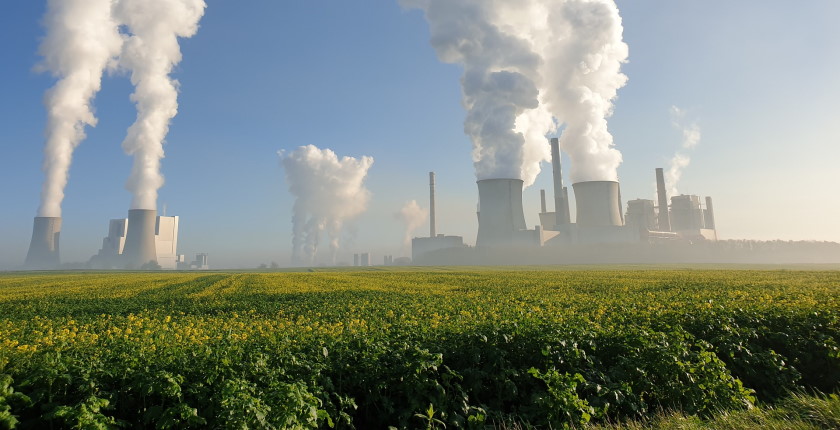
Photo: Verena Schiffers from Pixabay
A forecasted cold spell and weak winds helped the benchmark emissions prices in the European Union hit an intraday record of EUR 101.16 per ton of carbon dioxide equivalent. Analysts are also pointing to technical factors and speculative investment that are adding upward pressure in the market.
The energy crisis in the EU has subsided for now as gas weakened under EUR 50 per MWh to the lowest level in a year and a half. Before turning their focus on storage levels of fossil fuels for next winter, energy producers, suppliers and consumers are currently facing a surge in prices of permits for emissions of carbon dioxide and other greenhouse gases.
The previous peak occurred in August, at the height of the energy crisis. The revival of fossil fuel demand in the wake of Russia’s invasion of Ukraine contributed to upward pressure over the past year. The intraday price of the benchmark futures contract, jumped today to as high as EUR 101.16 per ton of CO2 equivalent at the ICE Endex exchange.
Stronger economy implies more demand for CO2 certificates
Market participants have attributed the latest rally in carbon allowances to unfavorable weather forecasts for northern Europe – with temperatures seen below seasonal average in combination with weak winds.
Europe is trying to reduce its dependence on Russian fossil fuels, but in turn it has revived the domestic coal industry and switched to LNG from the US and the Middle East
The demand for CO2 permits, which are bought and sold under the European Union’s Emissions Trading System (EU ETS), is set to persist or even grow if the economy remains relatively robust. The continent has a long way to go before ending its dependence on Russian fossil fuels. At the same time, it has been purchasing massive amounts of liquefied natural gas (LNG) from the United States and the Middle East.
The war in Ukraine has prompted a return to domestic coal, the most carbon-intensive fuel, for electricity production. At the same time, Germany is preparing to shut down its last three nuclear power plants while neighboring France is struggling to recover its nuclear fleet from massive breakdowns.
Pressure to decarbonize is strengthening in EU
The EU has imposed temporary measures to prop up electricity production in light of the energy crisis, but at the same time it is cutting its longer-term decarbonization deadlines. Among other issues affecting CO2 prices, traders have also been pointing to speculative buying and some technical market factors.
Ulf Ek from Northlander Commodity Advisors estimated that carbon allowances could hit EUR 150 per ton by next winter, Bloomberg reported.
Rising CO2 emission prices are beneficial for the development of decarbonization technologies
For comparison, Ptolemaida 5, the newest coal power plant in Europe, is emitting one ton of CO2 per megawatt-hour of electricity, while older lignite-fired facilities in Greece release 1.4 tons per megawatt-hour.
When CO2 prices rise, technologies like carbon capture and storage and renewable hydrogen production become more attractive, especially because the EU uses the proceeds from permit sales to subsidize the development and deployment of decarbonization solutions. However, such systems are still far from profitable.
December futures were up almost 2% for the day at 14:37, trading for EUR 100.3 per ton.









Be the first one to comment on this article.